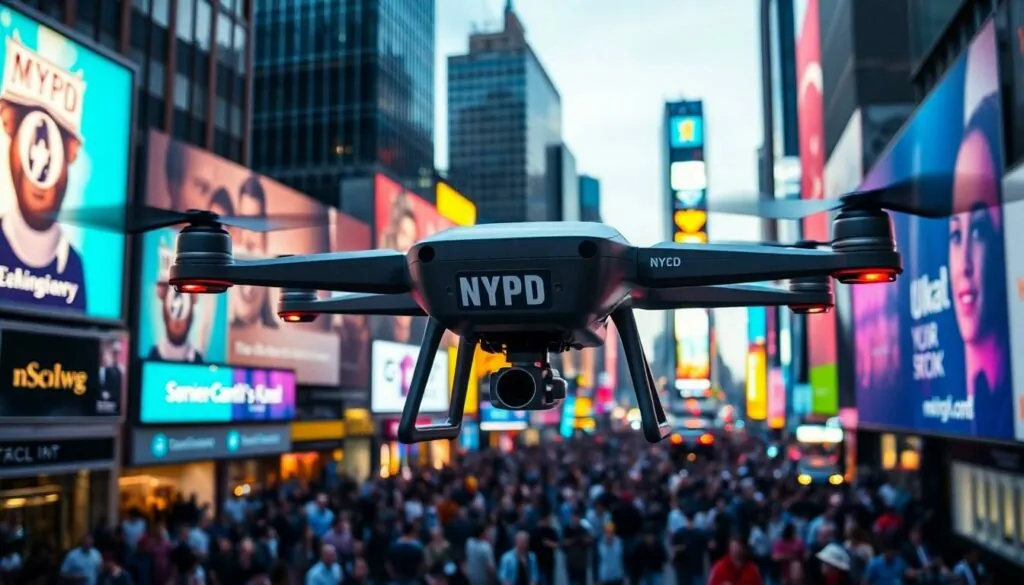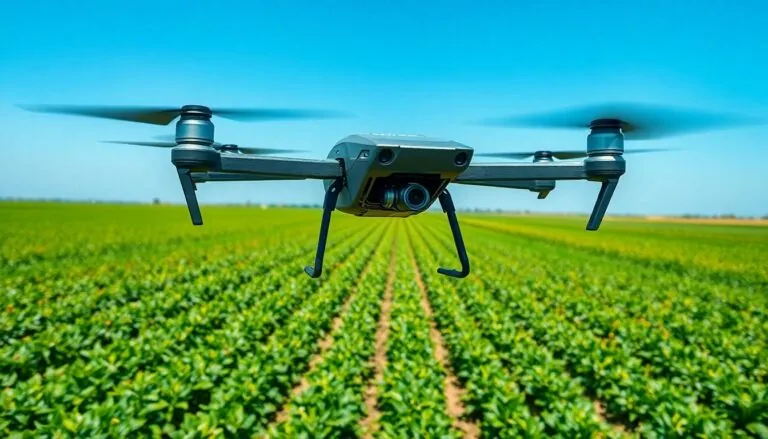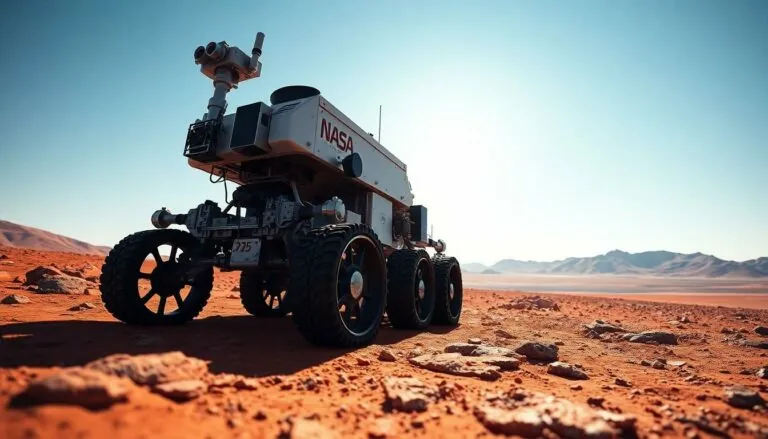Table of Contents
ToggleIn a city that never sleeps, the NYPD is taking to the skies—literally. Enter the age of drones, where the police force swaps traditional patrols for high-flying surveillance. Imagine a tiny drone zipping over Times Square, keeping an eye on the bustling crowds while you’re just trying to find the best hot dog stand. It’s a brave new world where technology meets law enforcement, and it’s both fascinating and a little bit funny.
Overview of NYPD Drones
NYPD drones play a critical role in enhancing public safety throughout New York City. Equipped with advanced technology, these drones assist in surveillance, monitoring emergencies, and aiding law enforcement efforts in real time. Their deployment frequently occurs in high-density areas, such as Times Square, allowing police to gather essential data to manage large crowds efficiently.
Data from various operations highlighted drones’ effectiveness in crime scene analysis. First, aerial views provide a unique perspective that ground officers cannot access. Then, drones facilitate quicker responses to urgent incidents by relaying visuals back to the command center. Proponents underline the importance of improving officer safety during potentially dangerous situations, as drones reduce the need for personnel to enter high-risk environments.
Beyond surveillance, NYPD drones also support community engagement initiatives. Officers utilize drone footage to showcase public events, bolstering transparency and accountability within the police force. The overall integration of drones and policing methods reflects a commitment to modernizing law enforcement tools while addressing safety and security challenges effectively.
NYPD continually assesses and evaluates drone operations to comply with relevant regulations. They ensure that privacy concerns are addressed through established protocols that govern drone usage. This ongoing development illustrates how innovative technologies can enhance policing methods while considering community concerns.
NYPD drones serve as a vital resource in urban policing, merging technology with law enforcement needs. Their multifaceted applications demonstrate a forward-thinking approach to maintaining safety in a bustling city environment.
Technology Behind NYPD Drones

NYPD drones utilize advanced technology to enhance urban policing and public safety. These drones incorporate multiple features designed for various operations.
Types of Drones Used
NYPD employs several drone models to meet distinct operational requirements. Quadcopter drones, including those from companies like DJI, support diverse tasks due to their maneuverability. Fixed-wing drones provide extended flight time, ideal for large-area surveillance. Each model serves specific missions, enhancing law enforcement effectiveness. Altogether, this varied fleet allows NYPD to adapt to different scenarios, ensuring comprehensive coverage.
Surveillance Capabilities
Surveillance capabilities of NYPD drones significantly improve real-time situational awareness. Equipped with high-resolution cameras, these drones capture detailed aerial imagery, assisting officers in assessing incidents from above. Thermal imaging technology enhances visibility during nighttime operations, ensuring police can monitor situations discreetly. Drones also facilitate effective crowd management during events by providing an overarching view of large gatherings. As a result, this technology bolsters the NYPD’s ability to respond swiftly and efficiently to emerging threats.
Use Cases of NYPD Drones
NYPD drones offer various applications that enhance policing in New York City. Their capabilities improve both emergency response and crime scene investigation.
Emergency Response
Drones assist during emergencies by providing real-time aerial views. Capturing images from above enables responders to assess situations quickly. This agility allows for more strategic deployment of resources. In incidents like fires or natural disasters, drones gather critical data without putting personnel in harm’s way. Swift aerial monitoring supports effective communication between command centers and officers on the ground, ensuring that response strategies align with evolving situations. Additionally, the use of drones in crowded events ensures public safety by identifying potential hazards early.
Crime Scene Investigation
Drones play a vital role in crime scene investigations by offering unique perspectives. Aerial footage captures evidence from angles that ground-level officers cannot access. This technology enables investigators to document scenes comprehensively, facilitating accurate analyses. For instance, drones can produce detailed maps that help in reconstructing events. Gathering high-resolution images aids in preserving critical details that might otherwise be overlooked. Rapid response times allow investigators to begin analysis more swiftly, leading to faster case resolutions. Drones thus enhance the efficiency and effectiveness of criminal investigations.
Public Perception of NYPD Drones
Public perception of NYPD drones varies widely, reflecting a complex interplay of support and apprehension.
Privacy Concerns
Concerns about privacy emerge frequently when discussing NYPD drones. Many residents worry about constant surveillance infringing on personal space. The potential for misuse of the technology raises alarms among civil liberties advocates. NYPD officials address these issues by establishing protocols to limit drone use in sensitive situations. Transparency remains a priority, with regular updates on operational guidelines shared with the public. Engaging community feedback plays a vital role in shaping these policies.
Community Support
Community support for NYPD drones also exists, particularly regarding their effectiveness in enhancing public safety. Residents appreciate the added layer of security, especially in high-density areas like Times Square. Many recognize drone capabilities during emergencies, where quick assessments can save lives. Officials emphasize the role of drones in supporting police efforts without escalating tensions. Public events often showcase drone footage, promoting a connection between the community and law enforcement. This outreach helps build trust, ensuring that technology serves as a tool for protection and engagement.
Future of NYPD Drones
NYPD drones are set to evolve further, enhancing their role in urban policing. Advanced technologies will likely amplify their monitoring capabilities, providing even more detailed real-time data. Continued integration of AI algorithms could facilitate faster analysis of aerial footage, enabling officers to respond efficiently to incidents.
Increased collaboration with community organizations ensures that public feedback shapes drone usage policies. Engagement strategies will focus on addressing privacy concerns while highlighting the benefits of enhanced public safety. Regular community meetings foster transparency, allowing residents to voice opinions and stay informed about drone operations.
Emerging drone designs promise improved flight stability and operational endurance. Innovations in battery technology will extend flight times, allowing officers to cover larger areas efficiently. These enhancements ensure that NYPD drones adapt to various situations, from emergency responses to large crowd monitoring.
Future applications may include disaster response scenarios, where drones provide rapid assessments of affected areas. Comprehensive training programs for officers will enhance their skills in drone operation, making them proficient in utilizing this technology effectively. As public safety demands increase, NYPD is prepared to expand the drone fleet, accommodating a range of operational needs.
Concerns over privacy continue to be a priority for the NYPD. Establishing strict usage protocols aids in building community trust while maximizing drone benefits. Ongoing evaluation of drone impacts on citizens underscores the department’s commitment to accountability and responsible technology use.
The integration of drones into the NYPD’s operations marks a significant shift in urban policing. These advanced tools not only enhance public safety but also foster a connection between law enforcement and the community. As technology continues to evolve the NYPD is poised to refine its approach to drone usage while addressing privacy concerns.
The commitment to transparency and community engagement will play a crucial role in shaping public perception. With ongoing assessments and improvements in drone capabilities the NYPD is setting a precedent for how technology can support effective policing in densely populated environments. The future of policing in New York City looks promising as drones become an essential part of the law enforcement toolkit.




